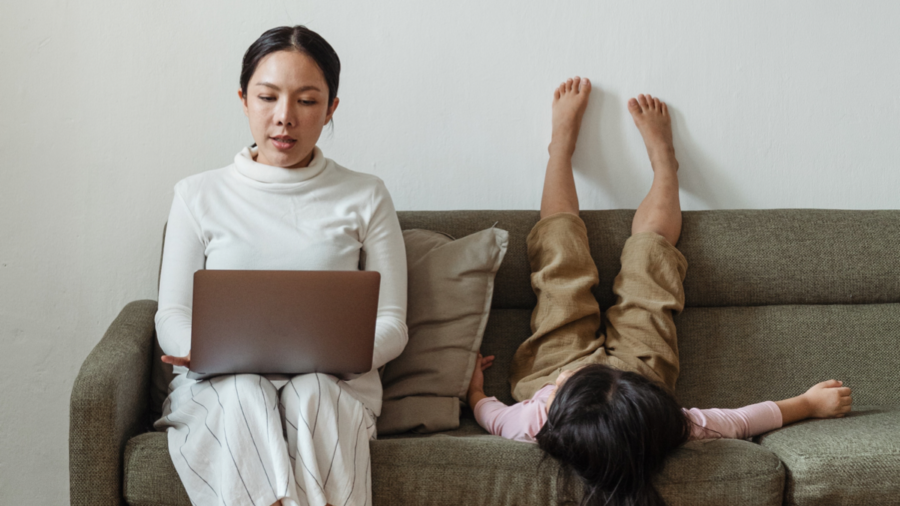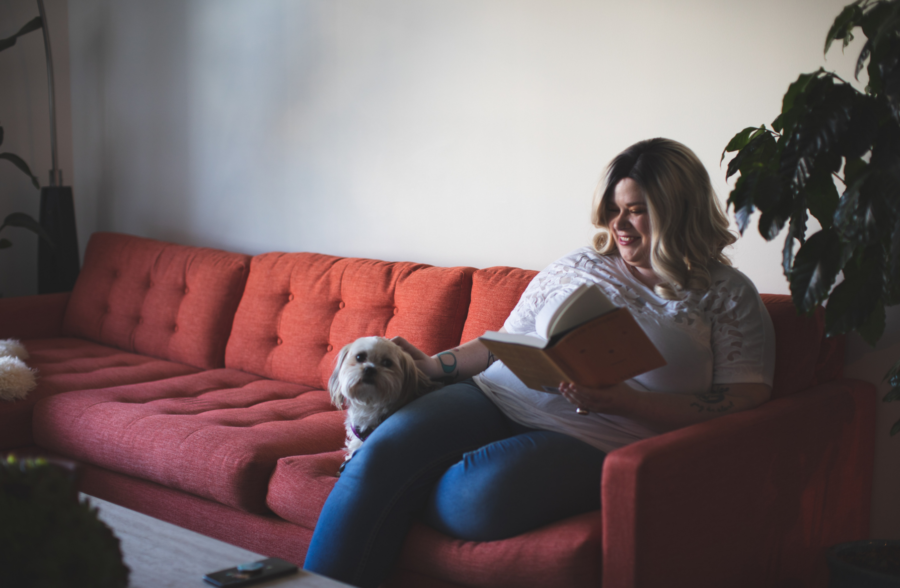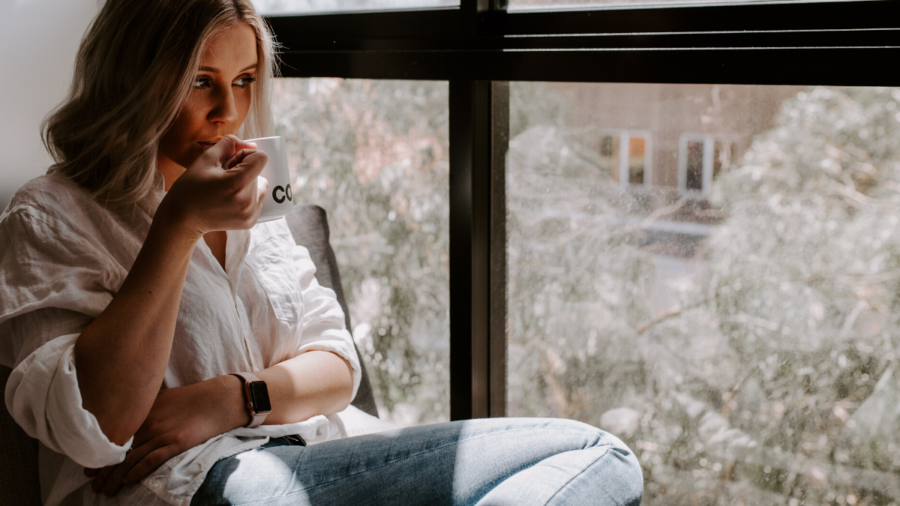How to be emotionally strong during a crisis

This summer, thousands of Australians were evacuated to the beach in the early hours of the morning of New Years Eve. The fires crept up toward the coast in the night with little warning and people woke to a midnight-black sky, tinged red at the horizon with the approaching fires. People hadn’t even had a chance to wipe the sleep from their eyes before they were packing bags for survival.
And then from there, we were launched straight into a global pandemic…
Seriously… what the hell?
I’m a doctor of psychiatry and a mindfulness coach who has been teaching people to meditate online for seven years with my annual program Mindful in May. With these recent crises in mind, I want to talk about what it means to be strong when our physical safety is being threatened and we may find ourselves feeling flooded with anxiety, fear or dread.
The archetype of the word “strength” is an image of rippling muscles, intimidating height and absolute fearlessness. It’s bold, stoic and, more often than not, male.
Here are some common misconceptions about what strength looks like:
- Feeling calm and anxiety free all the time
- Never crying or showing your emotions to others
- Being fearless in the face of adversity
- Keeping feelings and vulnerabilities to yourself
- Distancing yourself emotionally from pain
- Distracting or busying yourself so you don’t have to feel grief
- Never losing your cool, never feeling angry, sad, anxious or at a loss
- Never asking for help
We have unfortunately modelled our cultural idea of strength off this archetype, and there is pressure in our society to uphold the values of this ideal – especially for men.
If we have these kinds of expectations on ourselves – as many of us do – then not only are we having to deal with the trauma itself, but also the secondary distress of not living up to the archetype of what “strength” is.
We might pressure ourselves to get on with business as usual or impatient with ourselves as we try to return to our normal baseline.
We might go into a hyperproductive mode, thinking that self-isolation means we must work twice as hard on ourselves, instead of taking the time as an opportunity to slow down, reflect, nurture ourselves during a very hard time and be present with our loved ones.
We might decide that our crying, sadness or grief means there’s something wrong with us, comparing our reactions to other “stronger” people around us and decide we’re being “weak” if they seem to be holding up better.
We might try to supress uncomfortable feelings with bad habits or behaviours we know are not good for us and our health.
The trouble with suppressing our true feelings, is they can so easily end up manifesting in other ways. The turbulent energy has to come out somewhere, somehow, and if you stuff down fear and anxiety out of concern for being seen as weak, it will likely warp into another “tougher” emotion, like short-temperedness, blame, outright rage, or selfish and fearful behaviour like stockpiling safety equipment and toilet paper!
Or depression.
This could explain why, after events such as the bushfires, there can unfortunately be surges in domestic violence as the stress of the aftermath peaks.
This is not strength. There is nothing strong about suppressing your truth and letting it warp into something toxic, destructive, violent, fearful and damaging to your community or loved ones – or yourself. This is, in fact, this is the direct opposite of strength.
With this in mind, I think it’s time we talked about what true strength looks like:
- Being strong means feeling your emotions as they come and go
- Being strong means allowing yourself to be vulnerable
- Being strong means having the courage to cultivate empathy, even when living empathetically makes us more sensitive to other people’s suffering
- Being strong means opening up to those around you and holding space for them to open up around you
- Being strong means not being afraid to feel into our our most painful sensitivities
- Being strong means speaking up against injustice, even if every part of you is trembling with fear
This is where having a mindfulness practice is beneficial. Despite common misconceptions, mindfulness is not about feeling calm at all times.
It’s the practice of sitting still for a period of time and allowing whatever is so for you in the here and now, the space to exist.
If you sit down to practice and anxiety comes up for you, it’s not about resisting it, shutting it down and shutting it up. Instead, treat your anxiety the way a gentle, loving parent would treat her child during a tantrum: with empathy, patience and space to accommodate the child’s growth as she cycles through her emotional spectrum to find her centre.
Develop a curiosity for the feeling of anxiety, observing it within your body instead of letting it overcome you. Ask yourself: What does it feel like? Where in your body do you feel it? What is its shape, colour, texture? As time goes on, does it stay the same or does it change form?
When we practice this type of observation, what becomes evident is that no feeling is permanent.
One of India’s most ancient forms of meditation, Vipassana, is founded on the idea of discovering – through the experience of meditation – that everything is constantly arising and passing away. When we experience this for ourselves through meditation, we come to see that our feelings are always coming and going.
There is no need to try to stop them or distort them. They will pass.
And this crisis will pass too.
When we are able to hold space for our emotions, while understanding that they are not permanent – that nothing is permanent, that life is change, that this too shall pass – we become more emotionally resilient. And that is where true strength lies.
. . .
If you are interested in learning more about mindfulness, check out our friends over at Mindful in May – the world’s largest online global mindfulness fundraising campaign that teaches thousands of people each year to meditate, while raising funds to build clean water projects in the developing world. Mindful in May’s one month online program features in-depth interviews with world leaders in the field of meditation and wellbeing, who each share their latest scientifically-backed, cutting-edge insights to help you flourish. Find out more, and register, here.





